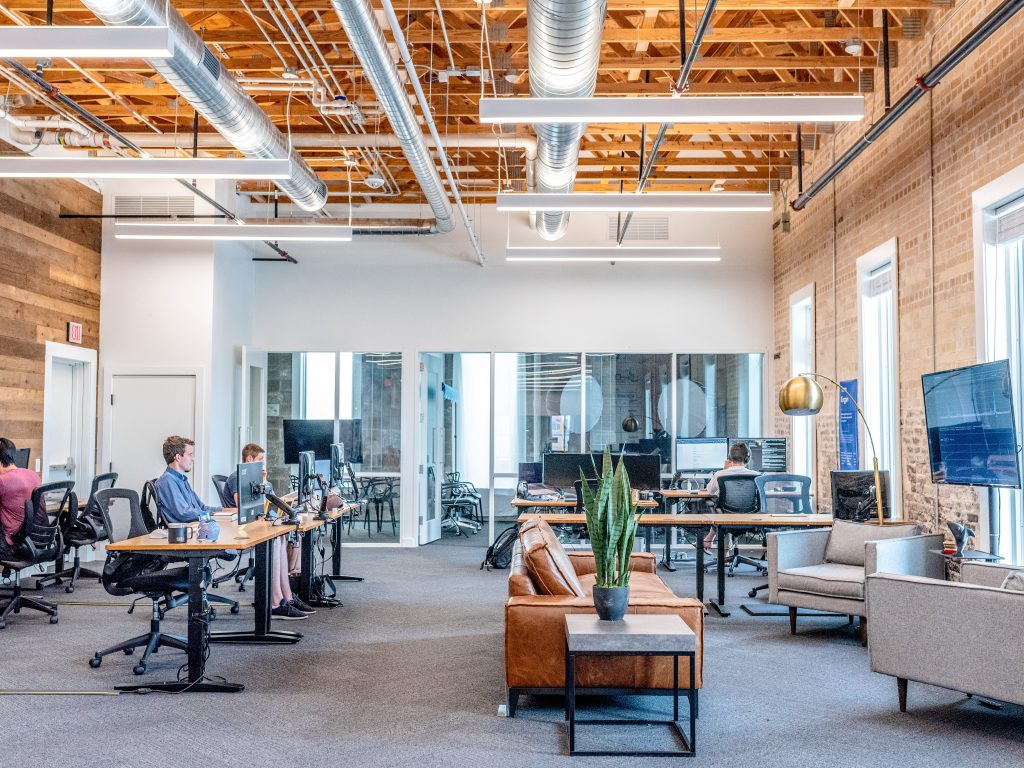Information Security Components: What Are They? The age of computers brings an additional factor in the gathering of and organization of data and knowledge to companies. As well as universities and many other organizations. There is a series of modules called the Information System. There are five elements of an information system.
Hardware computer
This is information-working physical technology. Hardware can be as small as a pocketbook smartphone, or as large as a building-filled supercomputer. Hardware also contains peripheral devices, such as keys, external drives, and routers, that operate with computers. With the rise of the internet of things that receive and relay data from home equipment to vehicles to clothing, sensors that communicate with machines infiltrate the human atmosphere.
Basics in Programming
We mostly used the first machines for the computation of numbers. However, provided that all information can be encoded numerically, we soon discovered that computers can interpret information for general purposes. Further, their ability to process vast volumes of data expanded the weather forecasting spectrum and accuracy. It has. They are also affordable enough so we use them in daily appliances to make clothes-drying products and “smart” rice cookers. Computers empower us to ask questions that we could never ask before. Moreover, these queries may involve gene DNA sequences, user interaction habits, or any of the use of a word in the text in the database. Computers will gradually learn and adapt during service.
Software Computer
The hardware has to know what to do which is the software’s job. The machine software and device software are two separate distinct kinds. The key component of the device software is the operating system that controls the operation of the hardware, such as Windows or iOS. Further, they design the framework software to accommodate particular functions, for example, treat a smartphone, create a log, or create a web page.
The telecom method
This part connects to a network the hardware. Cables, such as Ethernet cables or optic fibers, or cellular links connected to the Wi-Fi network. In a geographical location, such as an office or a school, they build a network to tie computers in a local field (LAN). They call the network an extensive network of machines that are more distributed (WAN). The Internet itself is a network of networks.
Databases and data warehouses
The “material” for which other modules function remains in this portion. A database is a location where the data collected and accessed using one or more unique parameters by querying it. An information warehouse holds all the details in the form a corporation wants. The creation of “big data,” a term for the actually vast volumes of data processed and analyzed, has taken much greater significance in information systems.
Human resources and strategies
The human factor is the last, and perhaps most important part of the information systems: the individuals who operate the system and the processes they follow so that expertise can be transformed into learning in the large databases and data stores that can translate what has occurred in the past and direct future intervention.

